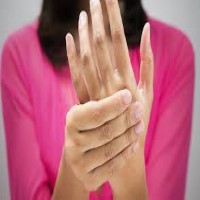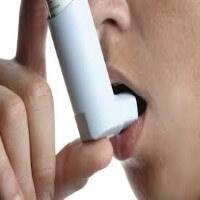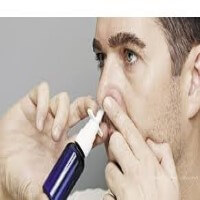Bed-wetting (Enuresis)
Bed-wetting or Enuresis refers to the repeated inability to control urination. It is a common pediatric disorder and can occur either during the day (diurnal enuresis) or at night (nocturnal enuresis). Enuresis is divided into primary and secondary forms. Ayurvedic Description Of Bed Wetting In Ayurveda, Enuresis is described as ‘Shayyamutra’. The word meaning of Shayyamutra simply means…








